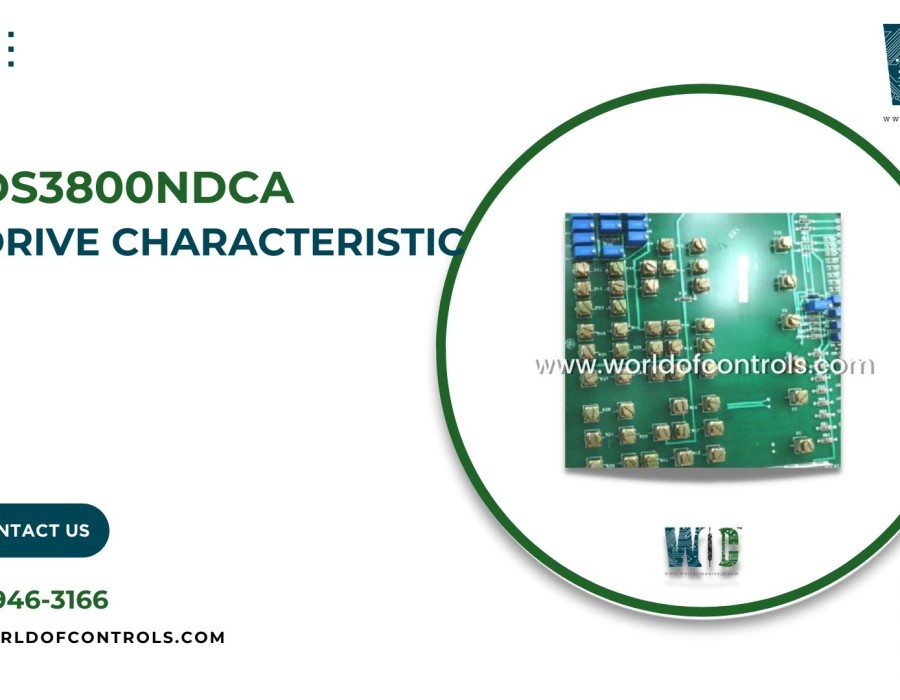In the ever-evolving turbine industry, optimizing the performance of turbine drives is crucial for achieving peak operational efficiency. Turbine drives are responsible for converting mechanical energy into electrical power, and their smooth operation is essential for the reliability and longevity of turbine systems. To maintain optimal performance, it is vital to focus on the drive characteristics that influence efficiency, stability, and overall operational health. This article explores key strategies for optimizing turbine drive characteristics to maximize turbine efficiency.
Understanding Drive Characteristics
The drive system in turbines typically consists of electric motors, gearboxes, and associated control systems that work in tandem to ensure that the turbine operates within its designed parameters. The drive characteristics, which include torque, speed, power output, and response time, play a significant role in determining how well the system performs. Optimizing these characteristics is crucial for preventing excessive wear and tear, minimizing downtime, and improving fuel efficiency in turbine operations.
Key Factors Influencing Drive Efficiency
- Torque and Speed Regulation
Torque and speed are two of the most critical characteristics in turbine drive systems. Properly controlling these factors ensures that the turbine operates at its most efficient power output. The system must be able to adapt to varying operational loads and adjust torque and speed accordingly. High-quality drives are designed to maintain consistent torque under fluctuating loads, ensuring smooth performance even during transitions. A well-calibrated system with proper speed regulation can prevent inefficiencies caused by energy loss during sudden load changes or power surges.
- Energy Loss Minimization
One of the most effective ways to optimize turbine drive efficiency is by minimizing energy losses. Mechanical energy losses due to friction, wear, and other factors can significantly reduce overall system efficiency. Drives that are engineered with high-quality components such as low-friction bearings, advanced gear mechanisms, and precision control systems reduce these losses. Energy-efficient drives also incorporate intelligent systems that monitor and adjust performance in real time to prevent unnecessary energy consumption.
- Advanced Control Systems
The integration of advanced control systems is another vital aspect of optimizing turbine drive characteristics. These systems provide real-time feedback, allowing the turbine's drive components to adapt and respond to operational conditions quickly. For example, sophisticated control algorithms can detect irregularities in the drive system and make immediate adjustments to speed, torque, or power output to maintain smooth operation. By analyzing data continuously, control systems help to ensure that the turbine operates at its peak efficiency while minimizing the risk of mechanical failure.
- Load Management and Demand Response
Effective load management is essential to maintaining turbine efficiency over extended periods. Turbine drives should be capable of handling varying loads without compromising performance. In power generation systems, load demand can fluctuate throughout the day due to factors such as energy consumption patterns or grid requirements. A turbine drive system that adapts well to load changes ensures that the turbine consistently operates at its optimal capacity, even during periods of low or high demand.
- Maintenance and Monitoring
Preventive maintenance plays a critical role in keeping turbine drives at peak efficiency. Regular inspections and monitoring of the drive system ensure that any potential issues, such as wear or misalignment, are detected before they cause significant performance degradation. Condition-based monitoring systems can be used to assess the health of key drive components and predict failures before they occur. By maintaining the system in optimal working order, operators can extend the life of their turbine drives while avoiding costly downtime.
- Environmental Considerations
Environmental factors, such as temperature fluctuations, humidity, and external vibrations, can also affect turbine drive performance. Optimizing turbine drive characteristics requires designing systems that can operate efficiently under a range of environmental conditions. Modern drives are built with enhanced insulation and protective coatings that help mitigate the impact of external factors, ensuring that the turbine continues to operate efficiently even in harsh environments.
Conclusion
Optimizing turbine drive characteristics is essential for maximizing efficiency and ensuring reliable, long-term turbine operation. By focusing on key factors such as torque and speed regulation, energy loss minimization, advanced control systems, load management, and ongoing maintenance, operators can significantly improve the performance and longevity of turbine systems. Continuous monitoring and technological advancements play an important role in the ongoing optimization of turbine drive characteristics. Ultimately, achieving peak efficiency in turbine drives is not just about improving performance but also reducing operational costs and minimizing environmental impacts, making it a win-win for both operators and the environment.





Comments